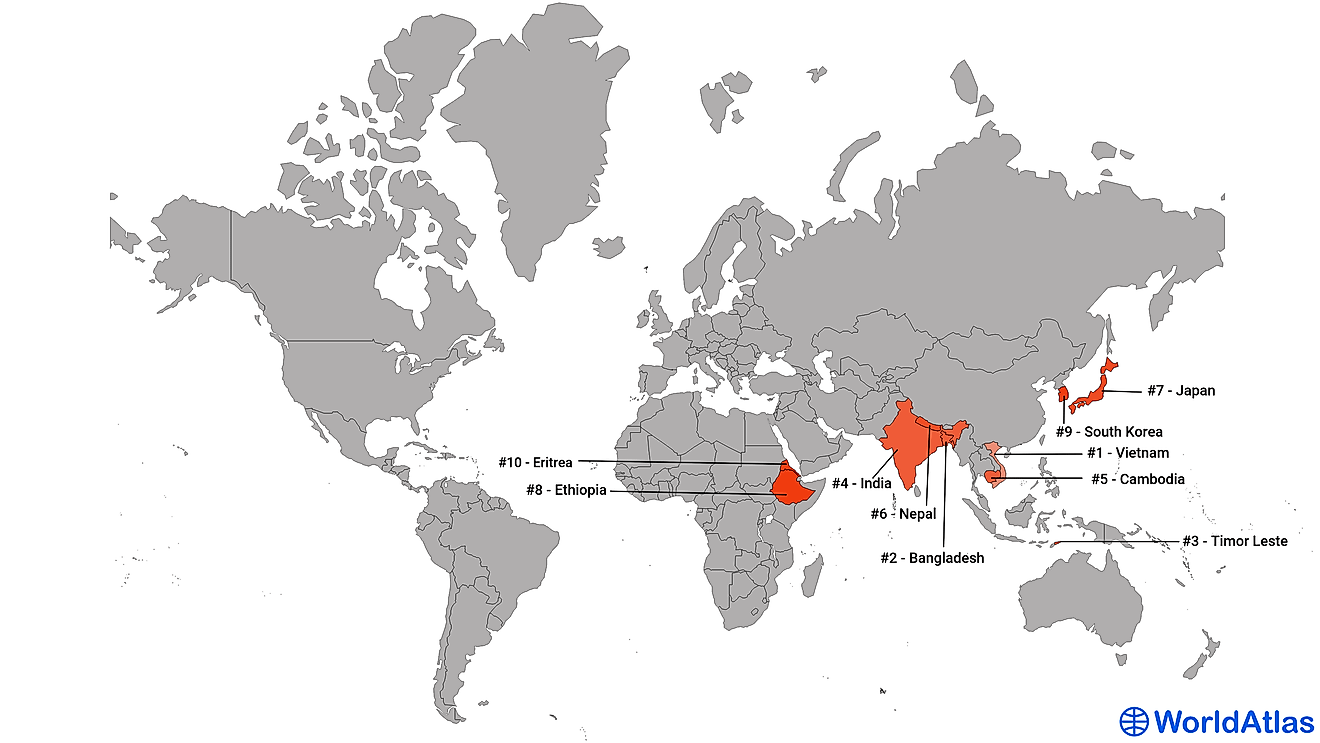What is the Dewey Decimal System?

The Dewey Decimal System is a common method of classifying books and publications in libraries. It makes use of digits ranging from 000 to 999, to highlight different fields of knowledge. Different fields of knowledge fall under different subdivisions, characterized by decimals and numbers.
Origin of the System
The Dewey classification is the work of Melvil Dewey, an American librarian in 1873. The classification system derives its name from its inventor. Amherst College Library was the initial user of the Classification system. The initial publishing of Dewey Decimal System was in 1876. Better versions of the system developed over time, with the 23rd edition released in 2011. The Dewey classification system applies to non-fiction books but is also applicable to fiction books.
Adoption
The early edition of Dewey Decimal System was under the management and administration of Dewey, together with a small team of editorial staff. The Lake Placid Club Educational Foundation, founded by Dewey, took over the administration of the Dewey system from 1922. Melvil checked and revised the first three editions of the system. From 1891 to 1921, May Seymour served as editor of the system. Numerous editors have managed the system over time. Melvis held the copyright in editions 1-6. The Library Bureau held the copyrights for editions 7-10. Upon the death of Editor Seymour, copyrights of the system went to the Lake Placid Club Educational Center in 1922. In 1988, The Online Computer Library Center possessed the system copyrights.
Classification
Under the Dewey classification system, different numbers portray special topics. For example, the number used to represent sciences is different from that used to represent history. All knowledge falls into ten groups. Each of the ten groups has further classifications assigned one hundred numbers. The various knowledge groups include: History, Biography and Geography, 900-999; Rhetoric and Literature, 800-899; Arts, 700-799; Technology, 600-699; Mathematics and Natural Sciences, 500-599; Language, 400-499; Social Sciences, 300-399; Religious Studies, 200-299, and Philosophy and Psychology, 100-199.
The 10 groups of knowledge subdivide into even smaller groups. Under the field of Geography for instance, the geography of one location falls under a different subgroup from that of another location. The subgroup of American geography will have a different number from that of Europe's geography. Further classifications occur extending to decimal numbers. For example, number 942 represents the history of England. This further splits into specific categories with decimal points. For instance, 942.063 represent the history of the English Commonwealth.
Usage
The Dewey Decimal System is suitable for libraries of all sizes. It is easy to adopt as it comes complete with a user's guide outlining the entire classification. Smaller libraries can adopt the abridged version of the Dewey classification system. This version suits libraries with 20,000 titles or fewer. Online Computer Library Center (OCLC) currently maintains the classification system. OCLC is a non-profit organization that offers services to libraries. Initially, most libraries classified and stored books on permanent shelves. However, it is now possible to add new books to a library based on their subject. This is due to the introduction of the concepts of the relative index and relative location, which improved the flexibility of Dewey Decimal System.











